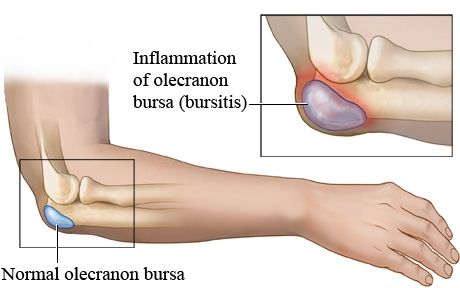4Nids.com – Several conditions can be treated with Hip Aspiration. The procedure is usually painless. Before the procedure, you will be asked to sign a consent form. Ask questions and make sure to provide any relevant information. Be sure to mention any allergies, supplements, blood thinners, or pregnancy, as this could affect your condition. Generally, the procedure is performed in a hospital or doctor’s office. However, if you’re having any pain, you should talk to your doctor about any possible treatments.
Four cases with negative fluoroscopic aspiration had positive cultures at the time of surgery

The most common organism cultured from hip joint aspirations was Coagulase-positive S. aureus. Twenty-three of these cases were confirmed by surgical culture; the remaining cases were treated presumptively. Four cases with negative fluoroscopic aspiration had positive cultures at surgery. The sensitivity and specificity were 88% and 96%, respectively. A positive culture can take up to two days for the result.
The primary author of this study performed spinal aspirations under general anesthesia. Fluoroscopy allows for a more targeted approach to the posterior joint space, which increases the yield of joint fluid. Ultrasound, on the other hand, approaches the hip from the anterior region. The needle is not visible in this location due to the presence of hardware and poor ultrasound penetration. The patient was then injected with a dye to identify the type of fluid in the hip joint.
An excellent alternative in cases where joints are infected

While hip aspiration is considered a simple, inexpensive preoperative test, it may not be an effective choice in all cases. It should be used in conjunction with other diagnostic tests, such as a MRI or a CT scan. It can also be used as a guideline for antibiotic therapy. While it is not a replacement for surgery, it is a very good alternative in cases where a joint is infected.
The study included a cohort with both acute and chronic infections. The mean time from surgery to hip aspiration was approximately 309 days and 27.6 days, respectively. Of these, 120 hip aspirations had a dry tap, which was treated with saline lavage. This difference is outlined in tables 1 and 2.
Hip joint aspiration is recommended if suffering from arthritis

If you suspect that your condition is infectious, hip aspiration should be done immediately. A joint aspiration is helpful in confirming a diagnosis of rheumatoid arthritis and gout. If the fluid is positive, you will be able to bear weight on the joint without further causing permanent damage. If this is not possible, you will need to undergo antibiotics to reduce inflammation. However, if your condition has been diagnosed with arthritis, the doctor may suggest a hip joint aspiration.
Injections are most effective when done under fluoroscopic guidance. Arthrograms are helpful for determining the position of the needle within the joint capsule. For a correct anterolateral approach, the needle is inserted along the femoral neck, inferior to the greater trochanter and about five to 10 cm from the edge of the bone. This approach is most effective when the femoral neck is in a position of external rotation, which brings the neurovascular bundle closer to the injection site.
An alternative technique using anatomical landmarks to determine the injection site

Injecting fluids into the hip joint can help diagnose femoroacetabular impingement and hip osteoarthritis. It is commonly performed under fluoroscopy or ultrasound guidance. These procedures can help improve targeting accuracy. An alternative technique is using anatomical landmarks to determine the injection location. There are several studies to support this approach. It is safer than other methods and is a great way to treat many conditions.
A hip joint aspiration is a non-surgical procedure performed by experienced orthopedic surgeons. A hip joint aspiration provides temporary pain relief and is often used to treat arthritis symptoms. Results from the procedure are seen within a day or two of the procedure. The effect may continue for weeks or months. If you have ongoing pain, a hip joint injection may be the best option for you. It will not only give you immediate relief, but also relieve you from other symptoms.





